Genrefication Myths and Questions Answered
I was reading a recently published book about school librarianship and was surprised to discover a few throwaway comments about genrefication. It was represented negatively and raised the usual comments you might see on Facebook posts or in email lists, arguing against genrefication. I’ve decided to call out some of these comments and write my responses and thoughts to each of them. I’ve worked in many school libraries that have both genrefied collections and collections in traditional layouts. I am unashamedly for genrefication, but I have also been in schools where we chose not to genrefy some collections. It just wasn’t for the reasons below, and here’s why.
Books by the same author won’t be shelved together
Well, this might be true, but from my experience I’ve found it’s actually not that much of a problem. If an author has written widely across many genres then those books will be separated into different genres but we live in a day and age of online access to catalogues from a range of devices, 24/7. We teach students how to access catalogues and find books on the shelf. Besides, an author’s work doesn’t always sit together in traditional layouts. Some might be picture books, while other non fiction texts and they will often be separated. Equally, I’ve seen authors whose work is shelved right next to each other in a traditional fiction A-Z layout where a student will not transition to another book from another series or genre, even if they are sitting right next to each other or come highly recommended by a librarian (much to my distress). This is often because the book is clearly another genre and the student has no interest in reading something different, they want something similar, regardless of the author. If the student isn’t interested, shelving in proximity doesn’t make a difference. However, there are a few ways you can help students find works by the same authors (or relieve your own concerns).
- include a small display or poster that shows the other books by that author and which genre they are in.
- Create a ‘if you liked, try” graphic or lists for your digital displays, posters, bookmarks, LMS, social media or wherever you promote books.
- Have a conversation with students when they’re borrowing and recommend the books from the other genres. Take them to that section. You might find that a student suddenly becomes interested in a whole new genre and discovers a whole new collection of books.
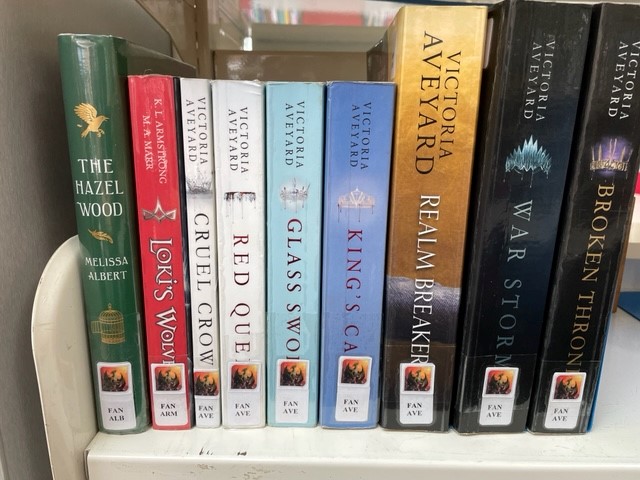
Students won’t learn the Dewey Decimal system or how to navigate traditional library layouts, which disadvantages them for use of public or university libraries
Okay, this one I have a problem with on many levels, so I’m going to break it down. First of all, many public libraries are moving away from traditional layouts themselves and universities might use an entirely different system anyway. The two universities I attended used the Library of Congress system, as many do, so even if your students know the decimal system inside out, it won’t help.
I firmly believe that no student needs to understand library layout systems for its own sake. Knowledge of the decimal system serves no use. Yep, I said it. What they do need to know is how to find the source of information they need. They need to know how to come up with search terms, use the available technology and software, refine results and interpret the clues provided to them, matching these to the cues in the physical world to find the resource they need. If they have these skills, they will be able to navigate any library.
Further, students might learn traditional systems even if you have a genrefied collection. My non fiction collection still uses DDC labels, each within their collection and my genrefied fiction collections are still shelved alphabetically by author’s surname within each genre collection.

But the Dewey Decimal system was created by a genius and we shouldn’t mess with the system that he created.
Did you know that Dewey was a homophobic, antisemitic, racist, who sexually abused women? His values and ideals are pervasive in his decimal system. Just take a look at the 200s section to see his bias, let alone where he suggested we place books about LGBTQIA+ peoples or work created by anyone other than a white guy.
But, the DDC system today is not exactly as Dewey created it. It’s been altered (thank goodness) many times over and continues to be changed. Have you heard of Dorothy Porter? She was an incredible librarian. She had incredible knowledge about works created by African-Americans and was often asked to evaluate texts. When adding these works to her library collection and trying to fit them with in the DDC system she found the system terribly flawed, limiting and racist. So she changed it. We still use the changes that Dorothy made. If Dorothy could stand up and say it isn’t good enough and make changes for the better, then I would argue that we, as school librarians, should do the same. That’s why I have no problem with using the same basic number system (three numbers, decimals if needed) but changing it so the numbers reflect the layouts I need, the topics I need, the locations that make sense and, at the same time, remove some of those biases and problematic placements.
Students will find it confusing
If students don’t find the Dewey Decimal System confusing, then nothing will faze them. But of course, they do find it confusing. Terribly confusing, and off putting. And to be honest, so do I. Do I look for books on computers in the 000s or 600s? If pulling resources for wars, I’ll need to visit as least 3 separate sections to collect everything I need. The numbers and letters can be especially confusing for our students with reading challenges – the ones we most want to access the books we have on the shelf. Of course, you can add great signage to any collection – genrefied or traditional layout – and I think you should. Just be careful of putting too much emphasis on numbers or letters and not enough on the information they really need, like the names of the sections and what they’ll find there – cars, animals, fantasy.
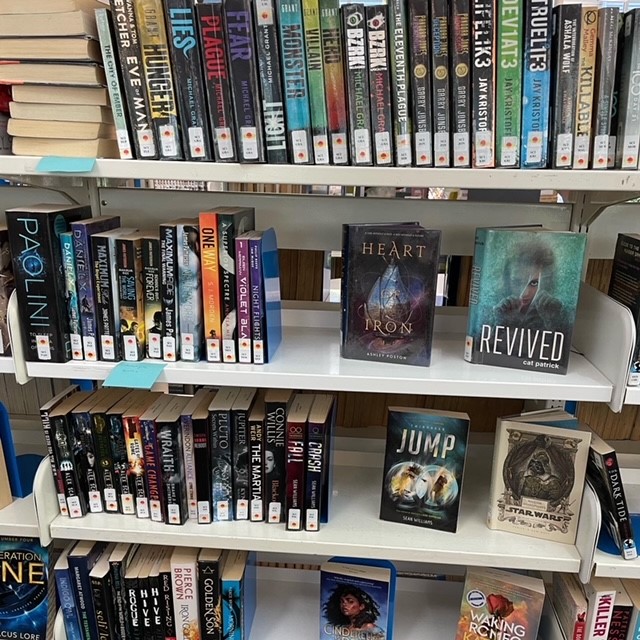
But which section will I put it in?
Another often cited concern with genrefied collections are books that could sit in more than one section. Take a romantic comedy, for example. Will you place it in the humour section or the romance section? Or perhaps you have a book that could equally be described as adventure or fantasy. Non fiction texts are the same. Will a war aircraft book to go in Transport or Military? Just the thought of this seems to send some library professionals into anxious fits.
And yes, it’s true that with a genrefied collection you’ll be making lots of decisions about which collections to place your books within. For me, that’s the best part of a genrefied collection. You make these decisions based on what’s best for your school library’s users and you can change it! Nothing is set in stone. There is no one right answer. It doesn’t matter if you get it wrong. Put a book in fantasy and if it doesn’t get much attention there, move it to adventure. Put a book in your transport section and find yourself have to go retrieve it when looking for books on war? Move it.
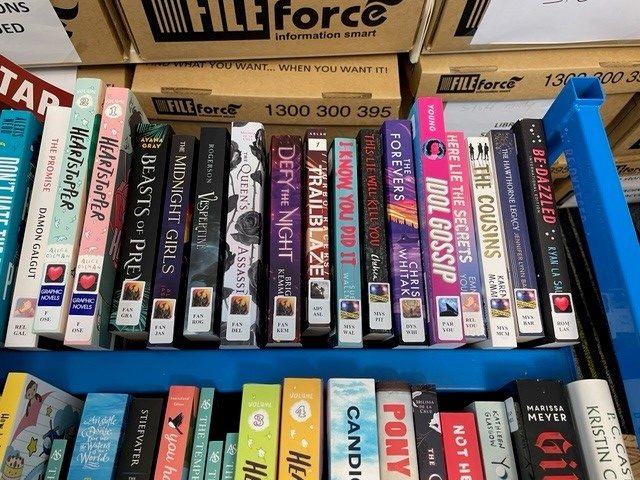
Some librarians suggest putting a copy in each possible location. I don’t overly like this suggestion. I don’t often have multiple copies and even if I did, I’d rather find the books together. Which section should I check first for a copy? Having any duplicates in the same section would save confusion. Not sure which collection to place your book? Ask your readers. I’ve asked my book club members and even run Instagram polls. It’s amazing how sure and passionate our young readers are about these decisions.
I don’t have time to genrefy
If there is one thing that is universally true, it’s that school library staff are busy. There is so much we want to do and not enough time or funding to make it happen. But, genrefication doesn’t need to be an insurmountable task. You can approach genrefication in a lot of different ways. You might categorise books and add genre stickers first, doing so incrementally over a long period of time so you can do it in between other tasks and then move the books into their genres later. Or maybe you’ll set aside a few weeks to get it done, or ask student helpers to give you a hand. Or you could not sticker books with genre stickers at all. If you know your collections and have good signage stickers only help with reshelving. It is totally doable, even if you are super busy.
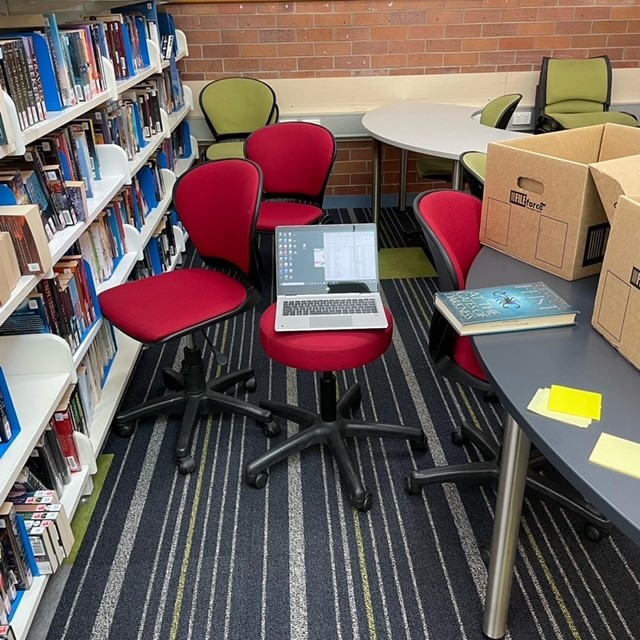
Which collections do you use?
I often have school library professionals ask me what collections I’ve chosen for my genrefied collections or I see the question come up in email lists. While I understand asking the question, I firmly believe that the collections you choose should reflect your unique school community, needs of your users, your current collection and the collections you hope to have in the future. Let this and your users guide your choices and avoid copying what other libraries are doing. As we move away from the traditional layouts where one system must fit all situations, the benefit of genrefication is that we can make a system that is as unique as our library.
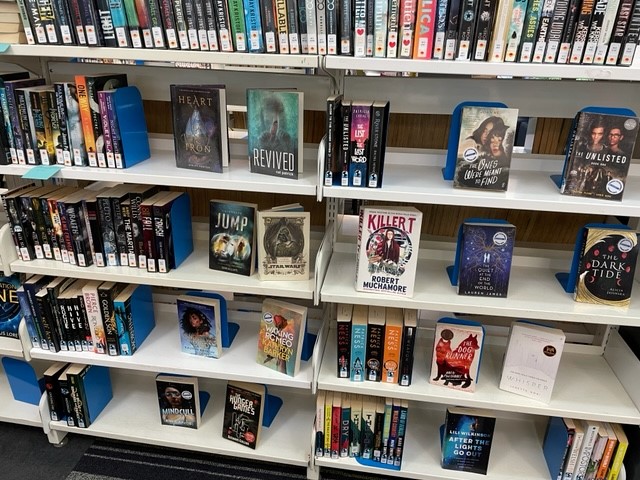
So, what do you think? Is genrefication for you? Have any other questions about genrefication you’d like answered or any concerns about why you should or shouldn’t genrefy? Let me know. I’d love to answer them for you.

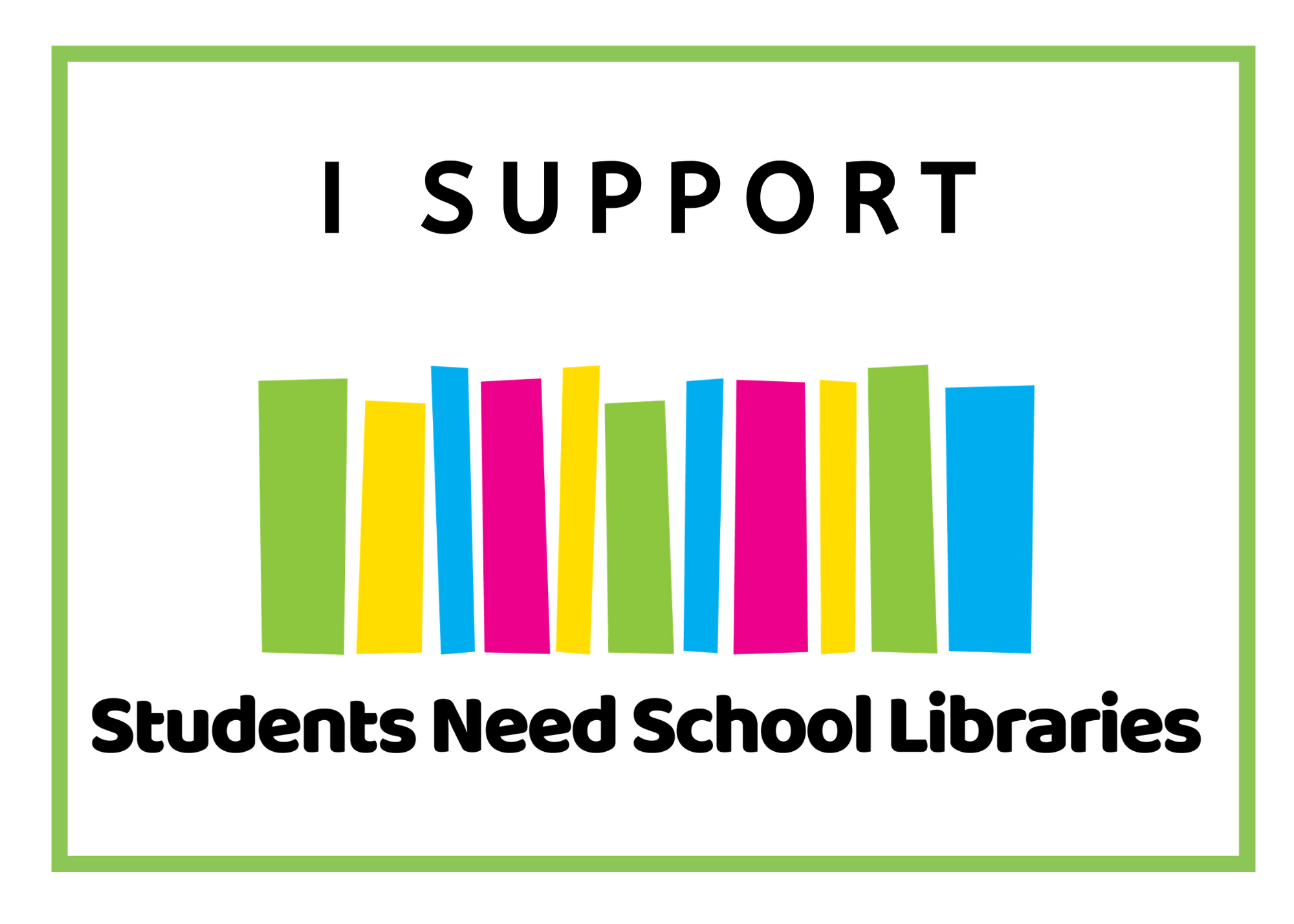

We genrefied our fiction section last year and it has made a HUGE difference in circulation. We’re in a middle school and students would ask for “horror” books or “romance”- they wanted to find similar books to what they had read and liked, not by author but by genre.
I like how you pointed out that students need to be able to use the catalog to find information and not somehow understand the Dewey Decimal System (which let’s be honest, I never understood it until I got my MLIS). That’s a more general skill of seeking information and then finding results, which carries over in other areas. Somehow learning the Dewey Decimal System only helps you when searching for books in a library that happens to use the DDS.
Absolutely. The skills we teach our students need to be transferable, not tied to one system. Love that genrefying has been so powerful for your school library. I really need to add to our horror collection. It wasn’t a collection when I arrived at the school, but the students so often ask for it, I knew it was one we needed. Love that the process is never complete and we can continue to change and adjust. Thanks for sharing your thoughts.